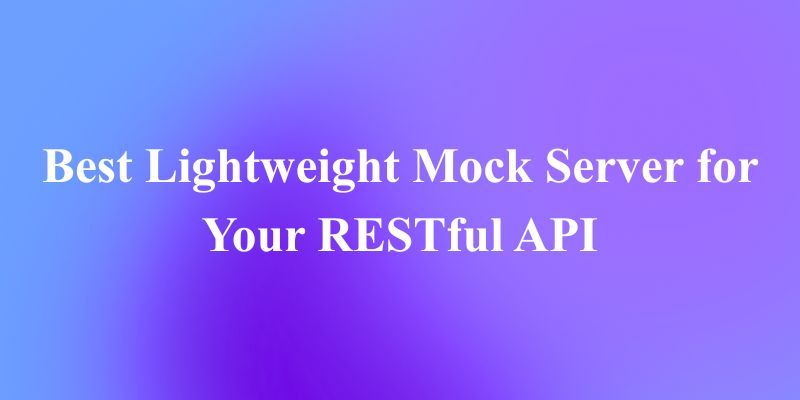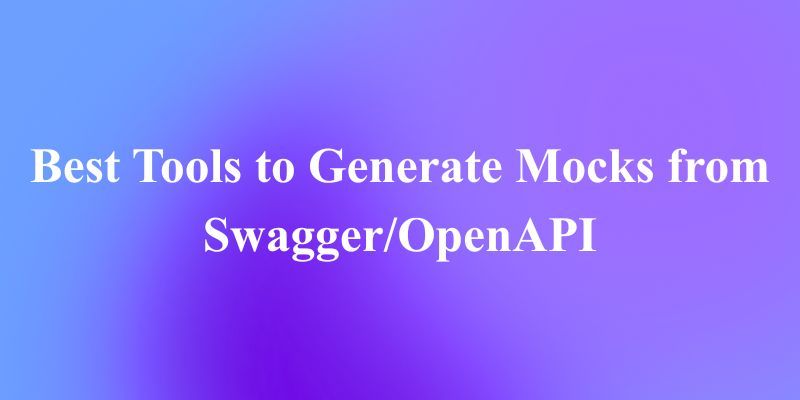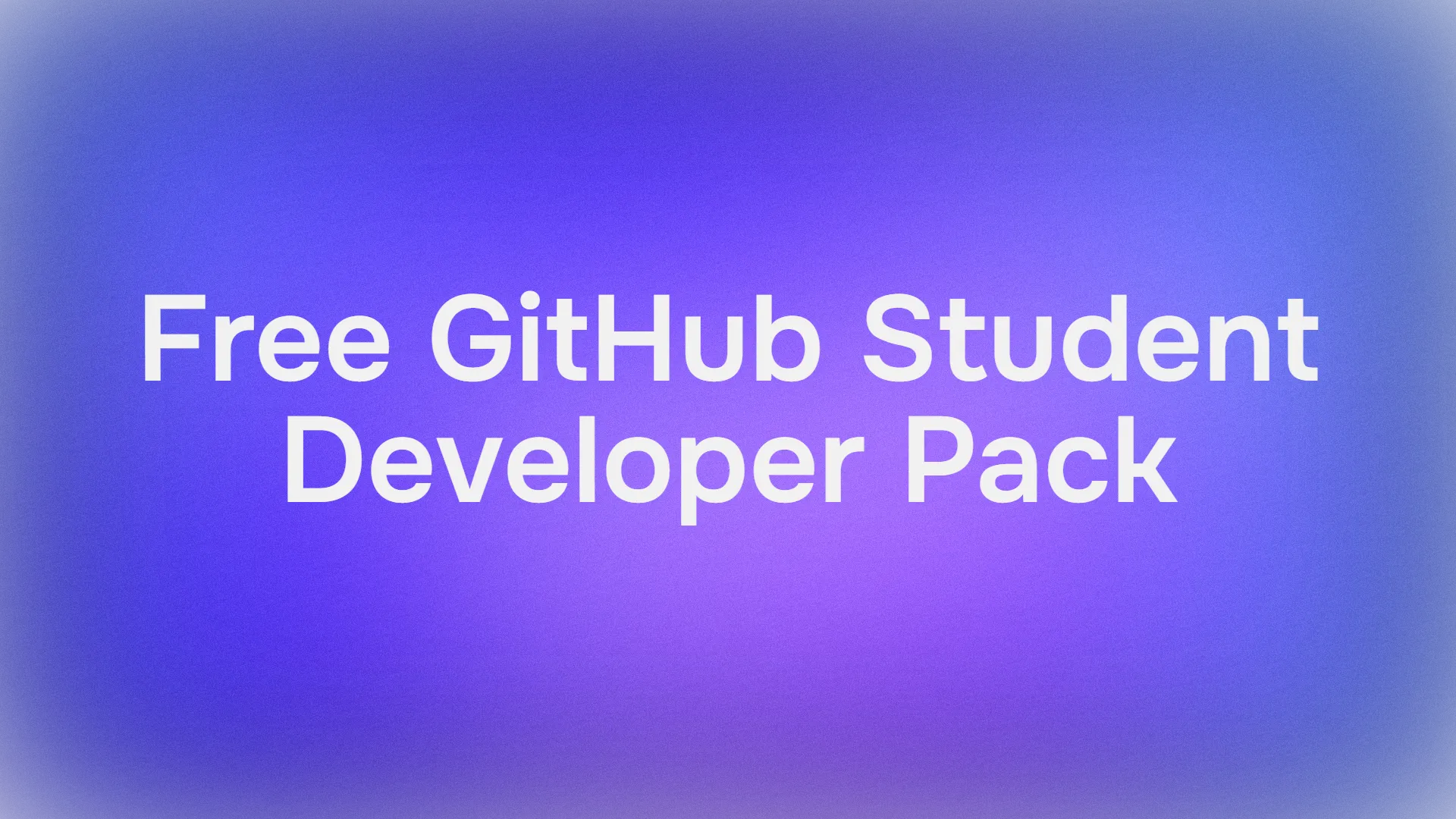Model Context Protocol (MCP) represents a significant advancement in how we interact with AI systems and our existing digital tools. Introduced by Anthropic, MCP enables large language models like Claude to directly interface with various applications, creating seamless workflows between AI assistants and the productivity tools we use daily. One particularly powerful integration is with Notion, allowing Claude to read, write, and manipulate content in your Notion workspace with unprecedented precision and control.
This guide will walk you through the complete process of setting up your own Notion MCP server, from initial configuration to practical use cases. By the end, you'll have a functioning system that allows Claude Desktop to directly interact with your Notion workspace, enabling you to save content, query databases, and much more.
While setting up your Notion MCP server, you might also want to consider upgrading your API development toolkit. Apidog stands out as a powerful all-in-one alternative to Postman, offering a comprehensive suite of features that streamline the entire API lifecycle.
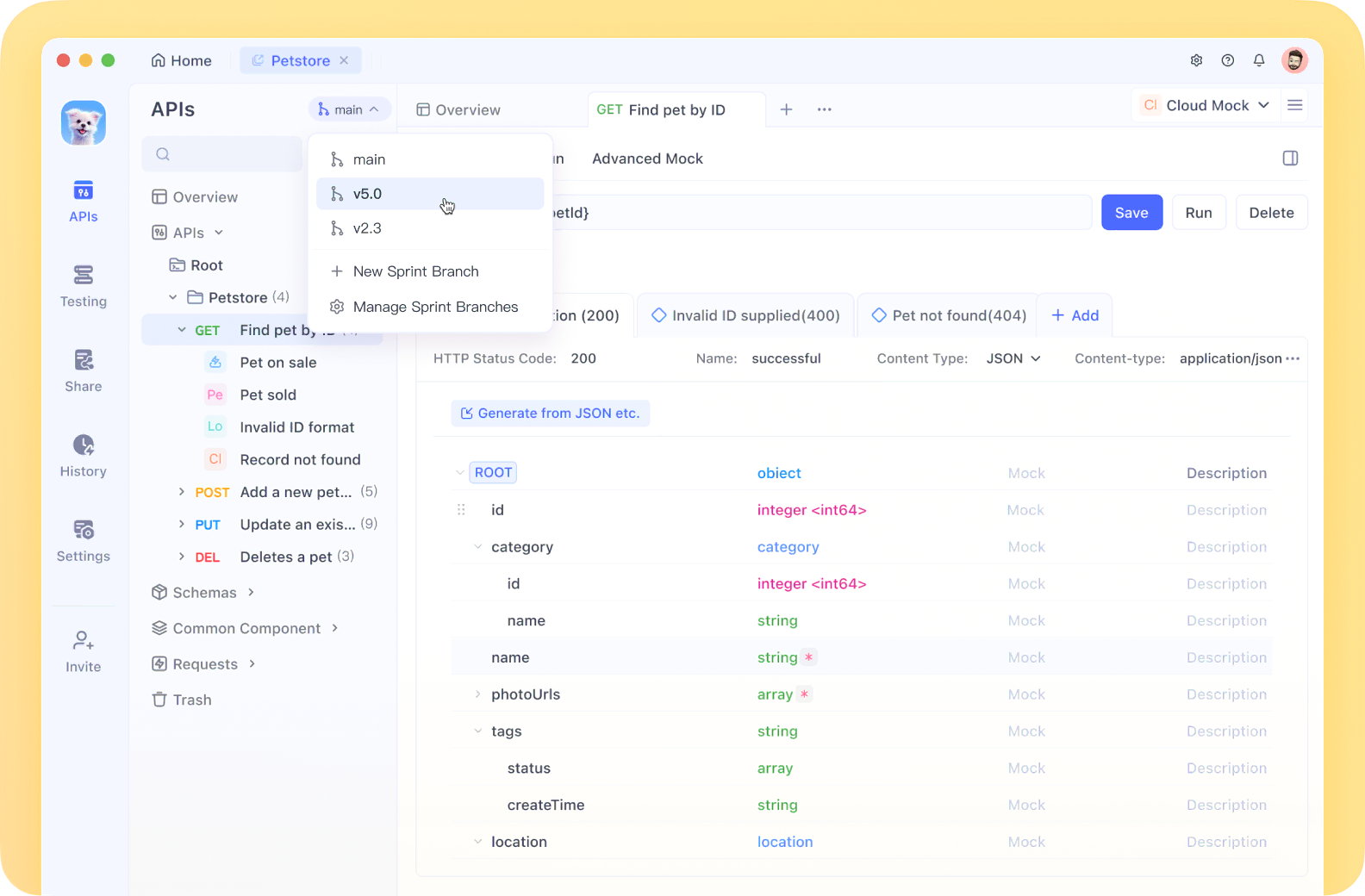
With its intuitive interface, Apidog combines API design, documentation, debugging, automated testing, and mocking capabilities in a single collaborative platform. Unlike traditional API tools that require multiple applications, Apidog's integrated environment enables seamless workflows from design to testing. This cohesive approach not only enhances productivity but also ensures consistency across your API ecosystem.
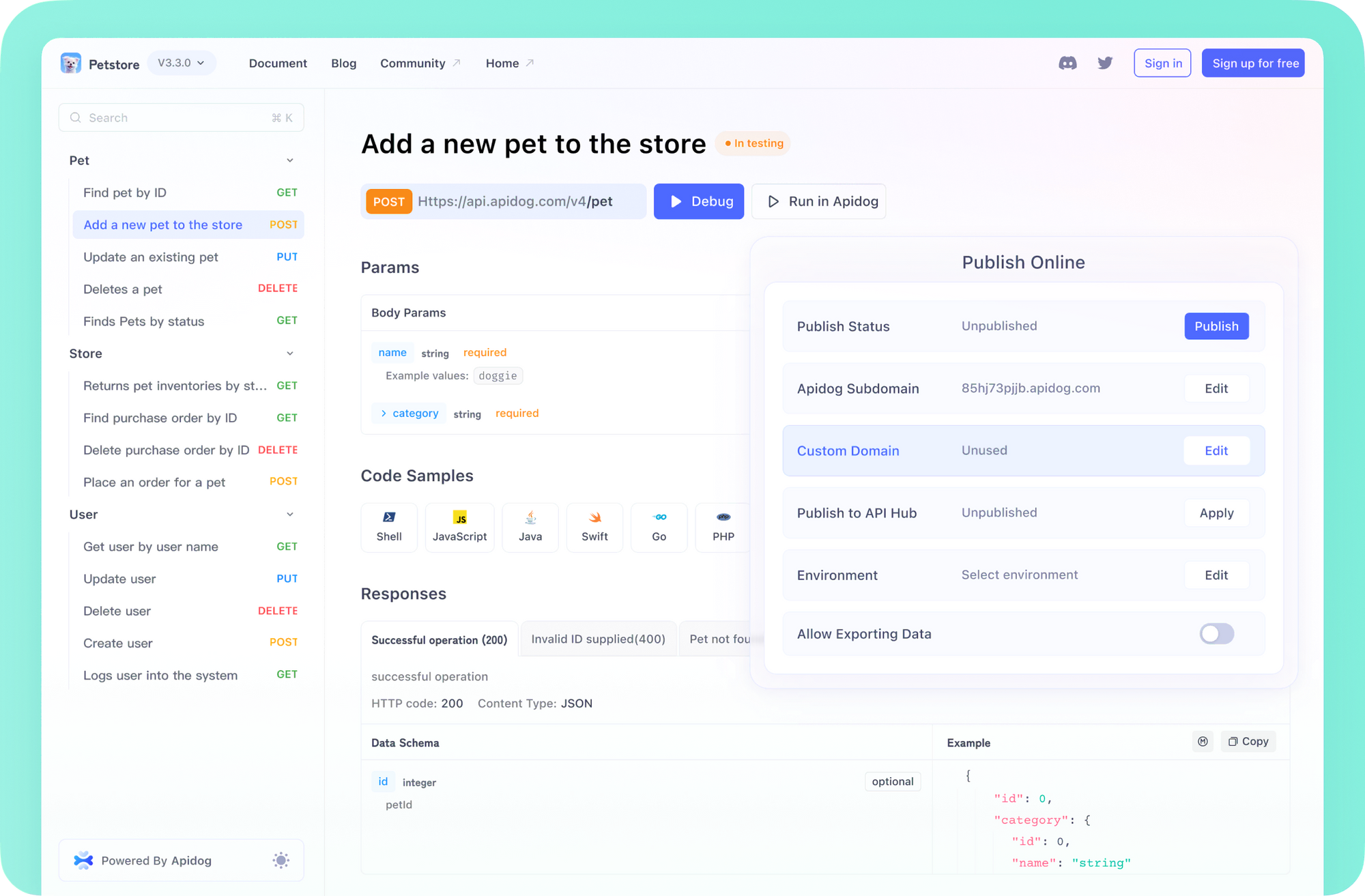
For developers building APIs that will interact with your Notion MCP server, Apidog's robust request building, environment variables, and team collaboration features make it an excellent companion tool that complements your MCP-powered workflow. By incorporating Apidog into your development stack, you can create, test, and document the APIs that will form the backbone of your Notion integrations.
What is MCP Server? Explained
Before diving into the setup process, let's understand what MCP actually is. The Model Context Protocol is a standardized framework that enables large language models to interact with external applications in a structured, predictable way. Rather than simply generating text about what should happen, MCP allows AI systems to actively perform operations within connected applications.
When applied to Notion, this means Claude can:
- Create new pages and add content
- Read existing pages and extract information
- Query databases based on specific criteria
- Update content in real-time
- Organize information based on your instructions
This two-way communication between your AI assistant and Notion opens up countless possibilities for automation, knowledge management, and enhanced productivity.
Prerequisites
Before setting up your Notion MCP server, ensure you have:
- Claude Desktop installed on your computer
- Node.js installed (version 16.0 or higher)
- Basic familiarity with terminal/command line operations
- A Notion account with workspace access
Step 1: Setting Up the MCP Notion Server
Begin by cloning the MCP Notion server repository. This repository contains the necessary code to create a bridge between Claude and your Notion workspace.
Open your terminal and run:
git clone https://github.com/suekou/mcp-notion-server.git
Navigate to the cloned repository:
cd mcp-notion-server
Now, install the required dependencies and build the server:
npm install
npm run build
This will create a build directory containing the compiled JavaScript files that will run your MCP server.
Step 2: Creating a Notion Integration
To allow the MCP server to access your Notion workspace, you'll need to create a Notion integration and generate an API token:
- Visit the Notion Integrations page
- Click "New Integration"
- Give your integration a meaningful name (e.g., "Claude MCP")
- Select the workspace you want to connect to
- Keep the integration type as "Internal" (the default setting)
- Click "Submit" to create the integration
Once created, you'll be taken to the integration's details page. Find your token by clicking "Show" next to "Internal Integration Token" and then "Copy". This token will authorize the MCP server to access your Notion workspace.
Important: Keep this token secure and never share it publicly, as it provides access to your Notion content.
Step 3: Configuring Claude Desktop
Claude Desktop uses a configuration file to manage MCP server connections. You'll need to edit this file to include your Notion MCP server:
Locate the Claude Desktop configuration file on your system:
- On macOS:
~/Library/ApplicationSupport/Claude/claude_desktop_config.json - On Windows:
%APPDATA%\Claude\claude_desktop_config.json
- Open the file in a text editor. If the file doesn't exist yet, create it with the following structure:
{
"mcpServers": {
"notion": {
"command": "node",
"args": [
"/full/path/to/mcp-notion-server/notion/build/index.js"
],
"env": {
"NOTION_API_TOKEN": "your_notion_api_token"
}
}
}
}
Replace /full/path/to/mcp-notion-server/notion/build/index.js with the actual path to the built index.js file on your system. This is the complete, absolute path to the index.js file in the build directory.
Replace your_notion_api_token with the token you copied from the Notion integration page.
Note: Make sure to use forward slashes (/) in the path, even on Windows.
Step 4: Connecting Your Integration to Notion Pages
Now that your server is configured, you need to connect your Notion integration to specific pages you want Claude to access:
- Create a new Notion page (or use an existing one)
- Click "..." in the upper-right corner of the page
- Select "Add connections"
- Choose your integration from the list
Once connected, your integration (and by extension, Claude) will have access to this page and any subpages within it.
To identify this page for Claude, copy the page ID from the URL. For example, if your page URL is:
https://www.notion.so/myworkspace/example-page-1234567890abcdef1234567890abcdef
The page ID is the last part: 1234567890abcdef1234567890abcdef
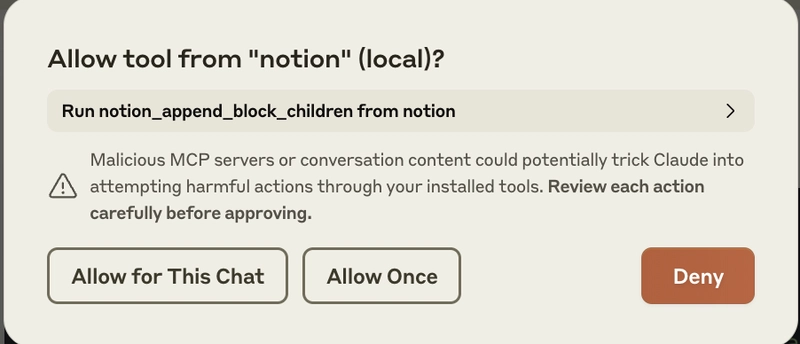
Step 5: Restarting Claude and Testing the Connection
After configuring everything:
- Close Claude Desktop if it's currently running
- Restart Claude Desktop
- Click on the tools icon (hammer symbol) in the Claude interface
- Check if "notion" appears under "From Server" in the tools menu
If "notion" appears, your MCP server is successfully connected. If not, check your configuration and ensure the server is properly set up.
Now You Can Connect Claude to Notion!
Now that your Notion MCP server is set up, let's explore some practical applications:
Saving Content to Notion
Ask Claude to write any content, such as an article, summary, or notes. Then, prompt Claude to save this content to Notion by saying:
I want to save this content to Notion with [your-page-id]
Claude will ask for permission to use the Notion tool. After you approve, Claude will create a new page with the content in your specified Notion page.
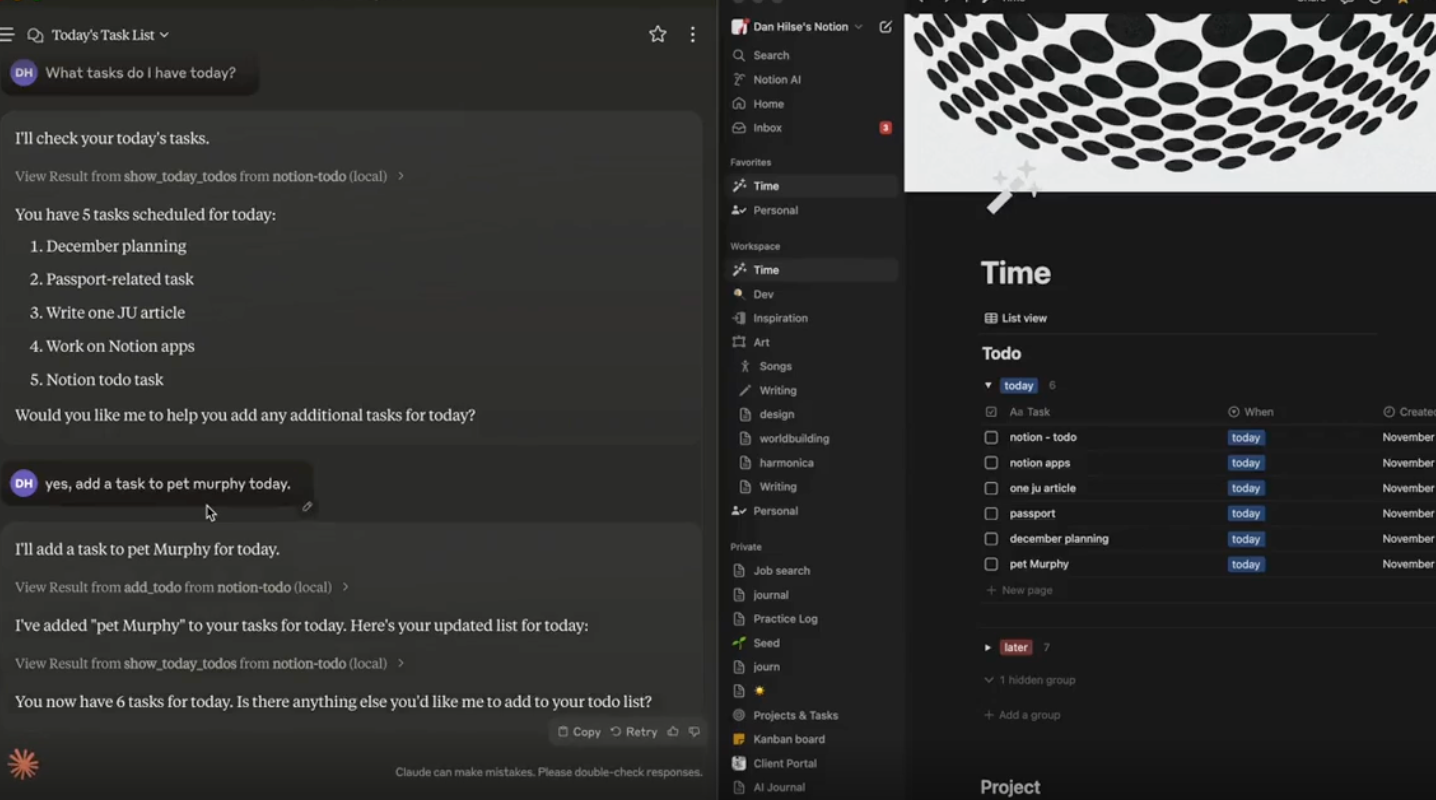
Querying Notion Databases
You can also use Claude to extract specific information from Notion databases:
- Create a database in Notion (for example, a movie database with ratings)
- Add some entries to the database
- Connect your integration to the page containing the database
- Ask Claude questions about the database, such as "Tell me movies rated ⭐️⭐️⭐️⭐️⭐️"
Claude will query the database and return only the entries matching your criteria.
Configure Your Notion MCP Server Setup
As you become more comfortable with your Notion MCP setup, consider these advanced configuration options:
Environment Variables
You can set additional environment variables in the claude_desktop_config.json file:
"env": {
"NOTION_API_TOKEN": "your_token",
"NODE_ENV": "production",
"NOTION_DEBUG": "true"
}
Setting NOTION_DEBUG to "true" will enable more verbose logging, which can help troubleshoot issues.
Multiple MCP Servers
Claude Desktop supports running multiple MCP servers simultaneously. For instance, you might want to use both Notion and SQLite:
{
"mcpServers": {
"sqlite": {
"command": "uvx",
"args": [
"mcp-server-sqlite",
"--db-path",
"/Users/USERNAME/test.db"
]
},
"notion": {
"command": "node",
"args": [
"/Users/USERNAME/Desktop/mcp-notion-server/notion/build/index.js"
],
"env": {
"NOTION_API_TOKEN": "API_TOKEN"
}
}
}
}
This configuration enables Claude to interact with both Notion and a SQLite database.
Troubleshooting Common Issues for Notion MCP Server
If you encounter problems with your Notion MCP server, try these troubleshooting steps:
Server Not Appearing in Claude
- Check your
claude_desktop_config.jsonfile for syntax errors - Ensure the path to your
index.jsfile is correct and absolute - Verify that your Notion API token is valid
- Restart Claude Desktop after making configuration changes
API Token Issues
- If you see authentication errors, generate a new Notion API token
- Make sure the environment variable name is
NOTION_API_TOKEN(notNOTION_API_KEY) - Check that your integration has been properly connected to your Notion pages
Connection Problems
- Verify that Node.js is properly installed (version 16.0+)
- Check your internet connection
- Ensure no firewalls are blocking the connection
- Consider temporarily disabling VPNs if you're using one
M1/M2 Mac Issues
If you're using an M1 or M2 Mac and experiencing connection problems:
- Ensure Rosetta 2 is installed
- Try specifying the full path to Node in your configuration:
"command": "/opt/homebrew/bin/node",
Future of MCP and Notion Integration
As Anthropic continues to develop MCP, we can expect more sophisticated integrations with Notion and other productivity tools. The current implementation allows for basic CRUD operations (Create, Read, Update, Delete), but future versions may include more advanced features like:
- Direct manipulation of Notion's UI elements
- More sophisticated database queries and filters
- Integration with Notion's AI features
- Cross-application workflows involving multiple MCP-enabled tools
Conclusion
Setting up a Notion MCP server opens up powerful new ways to interact with your Notion workspace through Claude. By following this guide, you've created a bridge that allows Claude to read from and write to your Notion pages and databases, enabling more efficient workflows and reduced context switching.
While the setup process requires several technical steps, the resulting integration creates a seamless experience that combines the intelligence of Claude with the organizational capabilities of Notion. As you explore this integration, you'll likely discover unique use cases tailored to your specific needs.
Remember that MCP is still evolving, with Anthropic moving toward a decentralized hosting model for scalability. This means community-created servers like the Notion MCP server will play an increasingly important role in the ecosystem, allowing for customized integrations with a wide range of applications.
By setting up your own Notion MCP server, you're not just enhancing your productivity—you're participating in the evolution of AI-assisted workflows that will shape how we interact with our digital tools in the future.

